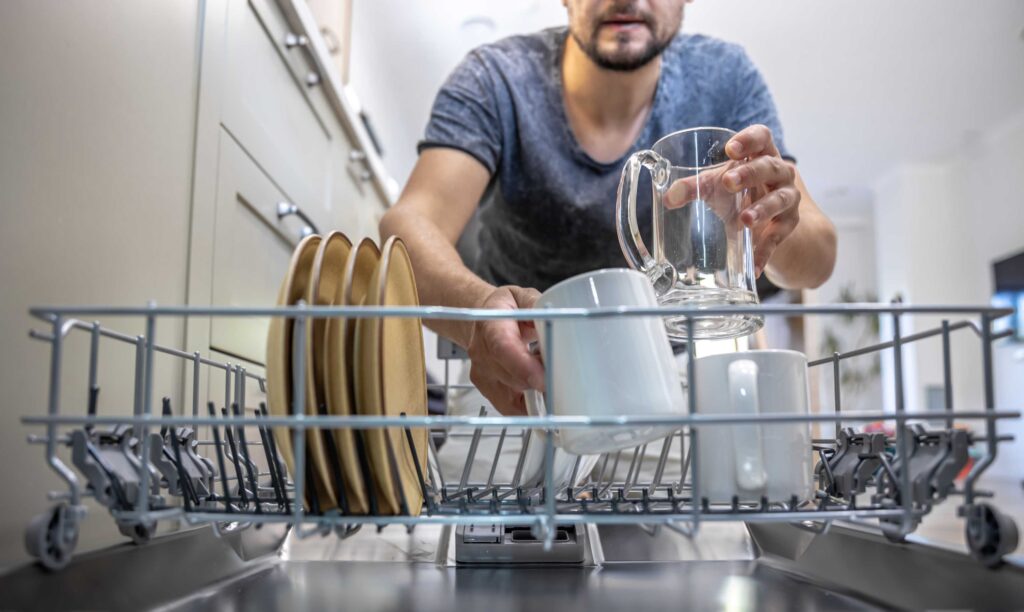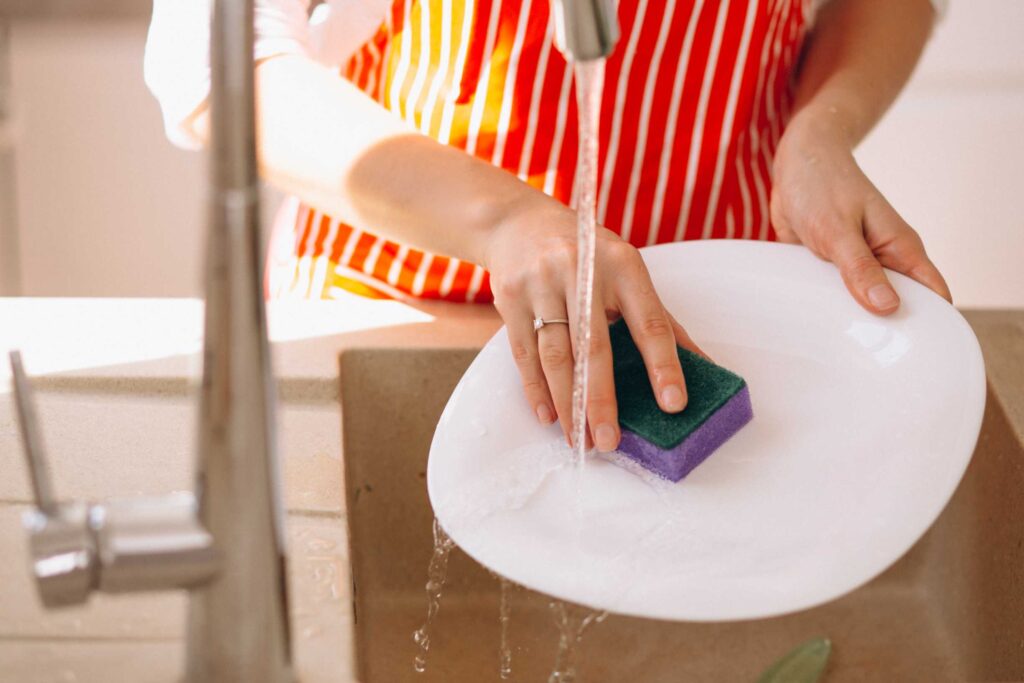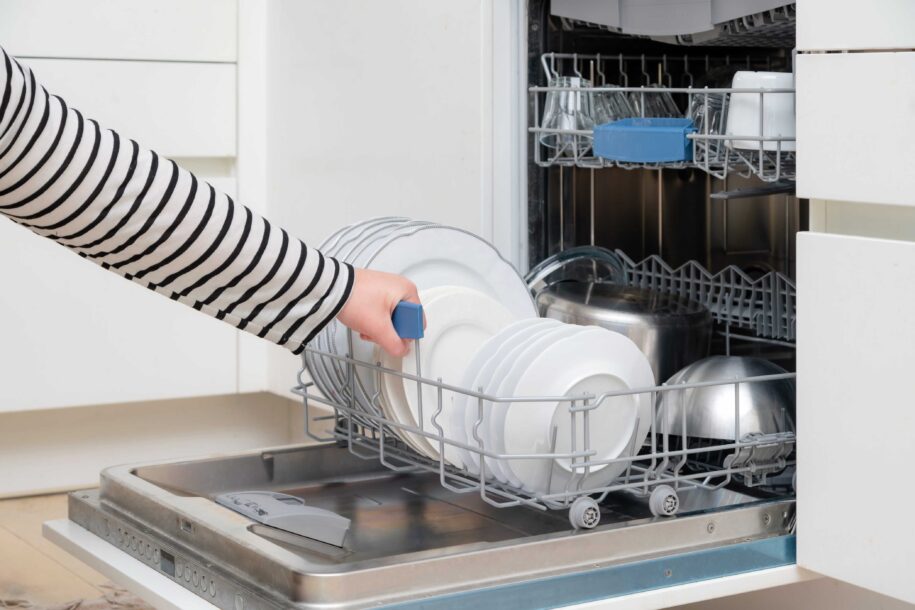What Type of Utensils Do You Use? The Best & Worst Ones for Your Knowledge
In India, metal and clay cooking utensils have always been the most popular and commonly used. The Mahaprasad of Lord Jagannath is still cooked in a clay pot and served on leaves. Salt and spice containers were often crafted from wood, whereas grains were typically held in bronze or copper containers. With the emergence of new technology, these conventional vessels were gradually replaced by more cost-effective and low-maintenance alternatives. However, are you aware that the pots, pans, and utensils we use today can expose us to toxic chemicals? Over time, toxic gases or metals that leak into food may cause organ damage. There are pollutants in modern cookware that could make us sick, or long-term use could potentially develop an environment within our bodies that is tough to eliminate.
What Kinds of Utensils to Avoid
Teflon
Which home does not possess non-stick cookware? When heated, Teflon coatings containing PFOA (perfluorooctanoic acid) or PTFE (Polytetrafluoroethylene) can emit harmful vapours. These noxious vapours may produce a condition known as “polymer fume fever.” Symptoms include trouble breathing, sore throat, and fever. In 2013, the United States banned PFOA. If you have old non-stick cookware, dispose of it or check to see if it has a PFOA coating before purchasing new ones.
Aluminium
They are utilised regularly in our cookery. Frequently, we use aluminium foil to wrap food for baking on a sheet. Cooking a meal on an aluminium skillet can add between 1 and 2 mg of aluminium to the food, which neutralises the vitamins and minerals in the food.

Damaged, Chipped, or Scratched
Avoid using stainless steel, ceramic, or glass utensils that are chipped, broken, or scratched. These vessels are relatively harmless, but as they age and get damaged, they pose significant health risks. Regularly replacing worn-out and worn-out utensils with new ones will be the finest method.
Plastic
Plastic’s health threat is now a well-known reality. We are dependent on plastic because it is lightweight, handy, and inexpensive. According to some investigations, nearly all BPA-free plastics continue to leach compounds that function like estrogens, just like BPA, and some release alternatives called BHPF into drinking water, which might result in adverse pregnancy outcomes.
Types of Utensils to Adopt
Cast Iron
Cast iron is experiencing a revival. It is the greatest way to add iron to meals, and it is safe to cook at a higher temperature. A well-seasoned cast-iron skillet would require less oil for cooking, resulting in lower-fat cuisine. They are inexpensive and simple to clean. However, certain precautions are necessary while cooking in a cast-iron pan, such as never leaving cooked food in it for an extended period of time. Additionally, cooking in an iron pot can alter the natural hue of the dish. If you have hemochromatosis, a disorder in which the body is overloaded with iron, you should not cook with cast iron pans or pots.
Clay
They are the ideal cooking instrument in Ayurveda because they make food healthier, more nutritious, easier to digest, and more flavourful. The porous and natural insulation of clay pots encourages heat and moisture to move throughout clay pots, adding clay pot nutrients to food.

Copper
According to research, the likelihood of metal leaching from copper kitchenware is extremely minimal. It has also been discovered that copper kitchenware reduces the danger of illness spread by pathogenic microorganisms. Copper increases the metabolic rate as well. In addition, it is the ideal metal for cooking and preserving rice in its freshest state.
Brass
It is the most prevalent metal used in traditional cookware. Strength and immunity are enhanced by storing water in a metal jar. It disinfects water within four hours.
Bronze
It is the most ancient and superior sort of cooking metal. Diets prepared using bronze cookware have been found to be effective in treating obesity and skin disorders (including dry skin, acne, irritation, etc.). People with Alzheimer’s disease are also advised to use bronze kitchenware because it aids in strengthening memory. However, we should refrain from cooking ghee in the bronze pot.
Silver
It has been the most favoured metal for cooking and dining in numerous cultures. The metal silver has medical and therapeutic properties. The Greeks used silver vessels to hold water and other fluids, whereas the Romans used them to store their wine for a longer period of time. Additionally, silverware has been discovered to aid in the prevention of plague.
In addition to these, there are vessels made of stone, wood, gold, and leaves that have been shown to provide numerous health benefits. According to Acharya Sushruta, ghee should be stored in iron vessels, fruits and all other edibles in vessels made of leaves, beverages in silver vessels, sour foods such as buttermilk in vessels made of stone, water that has been boiled and cooled in copper vessels, and syrups in vessels made of mud, glass, or stone.
For more such life changing health blogs, do follow us at Healthville, Eastern India’s No.1 Naturopathy Centre. Call +91 7008999277 to book your free doctor consultation now.




